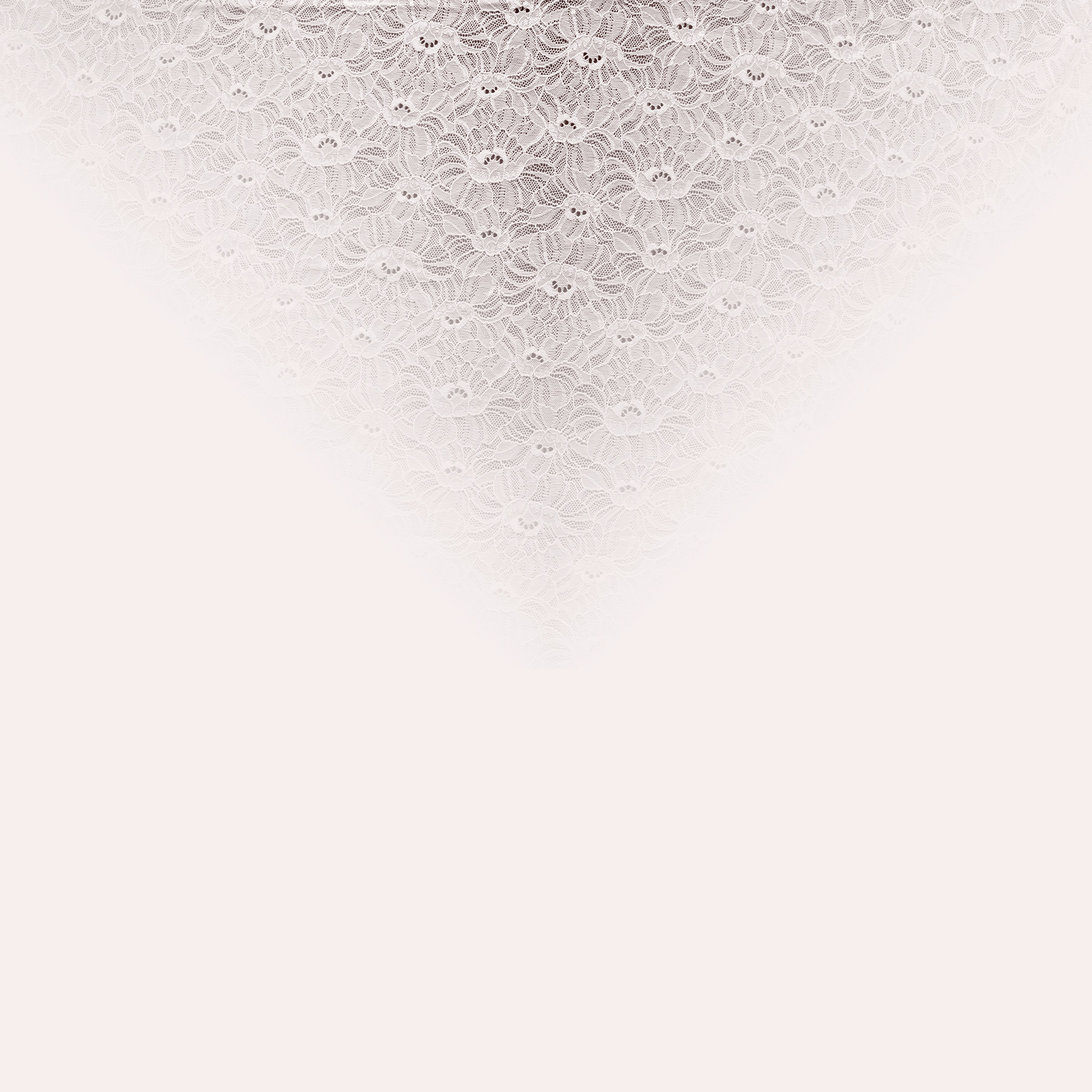
Bra underwires and bra patterns, and their relationship
Before we continue with the Afi Chic pattern adjustments series I want to talk about bra underwires and bra patterns. Add your body to the equation and you’re looking at a more complicated problem. A problem we need to understand and solve.

The thing with underwires and patterns is that patterns are drafted for specific underwires. And this is valid in two aspects.
One, a specific (or a few) underwire shape(s) is used (which can be day wear, balconette, plunge).
Two, the pattern is designed with wires having defined a specific length, or an acceptable wire length interval.
Good patterns mention both of those two things in their description/instructions. Although the second may come in two forms: the pattern provides a chart with used underwires and you can compare your wire against the chart, or in the Afi Chic case, tables per sizes are provided, and you can see the maximum underwire length for your size.
That was about patterns.
But the golden rule of a good fitting bra is: use the underwire that fits YOUR BODY.
What this means, the wire that fits you may not satisfy the two criteria we discussed just a second ago. Your wire may be shorter or longer than the pattern expects you to use. We need to compare your favorite underwire with the specs the pattern calls for. If we’re lucky, our wire matches the pattern underwire criteria. If not, we may still be able to use the pattern, but this is where wire curve length adjustment may come in.
Inspecting the underwire and the pattern
The first thing when inspecting a bra pattern is to see what underwire shape it is designed for. If the pattern uses long underwires but you use plunge wires, that’s a problem pattern adjustment may not be able to fix. Plunge wires are very short in the front. If you’d adjust the pattern to fit such a wire, you can in fact distort the pattern up to a point it may not offer support. Or you can end up with a boob shifting out of the cup.
On the other hand, if the pattern calls for long front underwires, but you have regular day wear, this may work with adjusting the pattern. And that is because the difference between the two shapes is not so big.
But then again, if the pattern uses long underwires because it’s a strapless one, altering it for regular underwires is not a good thing. The band won’t hold, the bra may slide off.
To summarize: the shape matters, and this is your first check of the pattern. If the underwire that fits your body is not a good candidate for the pattern, I guess you can move on to another pattern.

Passing the first test gets us to the second one. The length comparison. But why? Haha, haven’t you heard enough the phrase: bra sizing is different from vendor to vendor? Underwires fall in this “rule” too, unfortunately.
I could consider a 199 mm length underwire as a regular wire for an EU 75B (UK 34B / US 43B) size, while, other vendors consider the regular underwire 210 mm. That 11 mm difference in length matters for a pattern! Not using the correct length, again, means the pattern may ill fit. Yes, that 11 mm make a difference 🙂
As an example, here’s a picture with a shorter wire in the Afi Chic bra. You can see the distortion and the wrinkles. This is a relatively small size. But when this happens in larger sizes, well, you can imagine for yourself. The band is distorted, the fit of the tissue there is affected. Wearing that pulling band puts pressure on the wire, which may very soon poke the channeling.

Measuring the underwire
Grab the wire that fits your body, and let’s compare it with the pattern. Trust the lengths the pattern tells you in the instructions or the charts it provides. But the best test is to compare your wire with the cradle pieces! The Afi Chic cradle has two separate pieces: B2 (outer cradle) and B3 (bridge).
To simulate the cradle when it’s sewn, we need to overlap the pieces taking away the seam allowances.
Tape the pieces together and get ready for wire inspection.
The tricky thing when measuring the wire is you have to take into account the wire spring. If the underwire is rigid, thus it does not spring, you measure the wire as it is. But if the underwire allows some flexibility, then, you have to hold both ends and slightly spring the wire to match the wireline on the pattern.
The hardest thing though is to find the balance point of your underwire. What’s that? The balance point is the bottom point of the underwire on the curvature. If the balance point is not determined correctly, you can end up with an abnormally tilted cup. And this would result in an odd bra shape, which evidently means the bra won’t fit. But the talk about the balance point is longer and it would not fit in this article. Let’s leave the juicy details for another article.
For now remember the simple rule: the bottom bowl of the underwire has to be arranged to the bottom bowl of the wire curvature on the cradle. What’s it saying, is:
When you’re fitting an underwire to a (any) pattern cradle, the starting point is NONE of the ends of the wire curves. It’s the bottom bowl.

Yes, it’s tricky to measure. It’s rather a trial error operation. In time, with practice, the measuring gets easier and intuitive. But back to our pattern and your wire. Here are two wires I’m measuring for our quest.

You can see the underwire ends are almost close enough to the underwire ends of the cradle. There is a 2-7 mm difference on each end. This is OK. That’s called wire play. It’s done on purpose. When you wear the bra, with the body movement, it allows the wire to slightly adjust to that movement. It also a cool thing, when washing your bra. Some fabrics shrink, yes, a few millimeters. I found that it’s the underwire casing that usually shrinks after the washing.

Here you can see I have a shorter underwire. The difference is rather large. On the bridge, I have that wire play difference. But in the underarm region, it’s a big gap. That is what we need to adjust on the pattern – to remove it.
Disclaimer: this wire may be over tilted, remember the bowl? I may have rotated the wire too much to the front. But I’ve chosen it here, to picture a large gap. Do not do like I did! Match the bowl. That may result in big gaps at the underarm end, and at the bridge. And it’s OK. Both ends would have to be adjusted.
Remember: measuring has to be done on the wireline of the pattern, not the seam allowance!
Armed with the knowledge that our wire is shorter or longer at the underarm area, we now know, the pattern has to be adjusted. In the next article, we will look at this particular adjustment. Other future posts may cover shortening in the front, or the opposite, adding length. But, one article at a time.
Conclusion
Adjusting the pattern is not complicated (you will see, chopping here and there). What’s complicated is understanding what you need to adjust and when.
The underwire curve is the most sensible part when it comes to altering it. Because there are curves, not lines. And because you have to pay attention to a zillion things: the metal wire, the pattern wire curve, your breast shape, and breast root.
But it’s also one of the most (if not THE most) important thing when it comes to bra fitting. You have to have it right.
I hope this article sheds some light on fitting an underwire. See you all next time. Cheers and have a wonderful week ahead!




THANK YOU ANNA … I REALLY APPRECIATE YOUR FREE PATTER AND ALL THE INFORMATION YOU GIVE US …
AGAIN, THANKS A LOT !!!!
Thank you Ana, you explain everything beautifully and in detail. I love your writing style and have enjoyed reading each bit of the instructions – you have a way of calmly going through the steps that is very helpful and prevents one from being overwhelmed by the task at hand – thank you again!
how can you tell what underwire fits your own body?
Oh, that’s a very good question. One that deserves a separate post. But to give an idea: finding your wire is done in two major steps. One, when you measure wires on your body. Second, it’s wearing a bra with that wire and acknowledge it’s the one. And I know the second one may sound as a cliche, but this is how it is. When you measure an underwire, it may look as it’s your size and so. But when you wear a bra with it, you may realize the wire is too strong and that you need one with a softer spring. And this is something you can’t know only by measuring the wire. Does it make sense?
It makes all sense !!!
Muchas gracias. Genial, como siempre
Thanks, this makes a lot clear…have to get my underwires and check on the pattern… testing testing… 😉